Adobe Has Created An AI Tool That Can Detect Deepfakes
Dhir Acharya - Jun 19, 2019
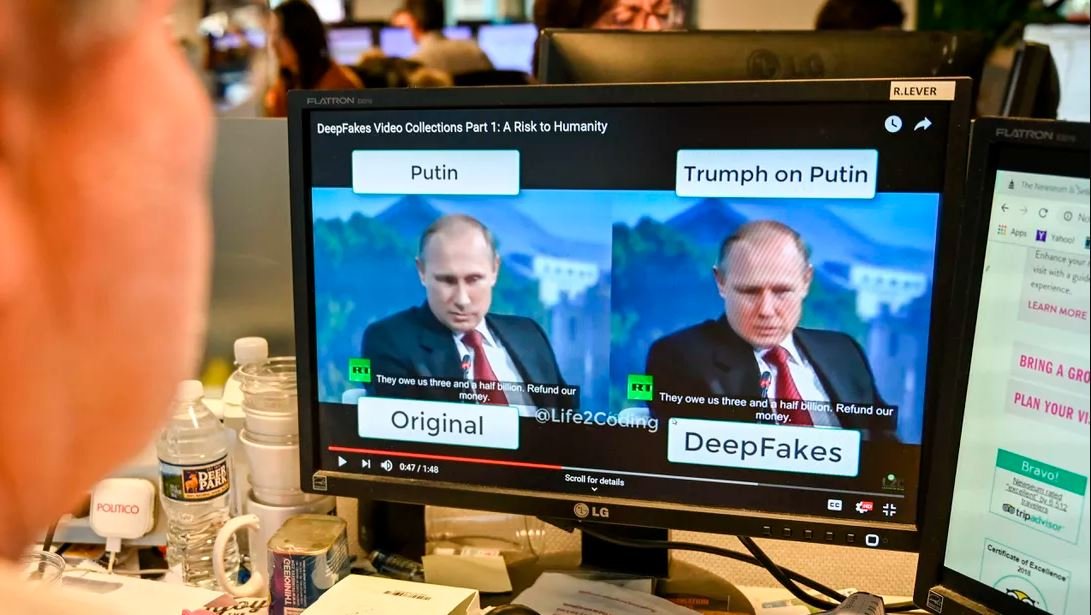
Their tool had a 99 percent success rate regarding spotting altered faces while human eyes could only spot 53 percent of the time, as revealed by Adobe.
- New ‘Deep Nostalgia’ AI Allow Users To Bring Old Photos To Life
- Pilots Passed Out Mid-Flight, AI Software Got The Aircraft Back Up Automatically
- YouTube AI Mistakes Black And White In Chess For Racism
At an age when we see manipulated photos as well as deepfakes and even fake human faces everywhere, Adobe states that it’s developing an AI tool that can detect fake images. Adobe, following the ethical implications of Photoshop, has formed a partnership with researchers at the Berkeley-based University of California to address this problem.
According to the company, people are using Face Aware Liquify in Photoshop to change facial expressions on people’s faces. Its Friday blog post said that fake content is an increasingly serious problem, adding that it would use artificial intelligence to improve trust issue in digital media.
Researchers from Berkeley and Adobe have developed a new way to spot and delete edits on images.
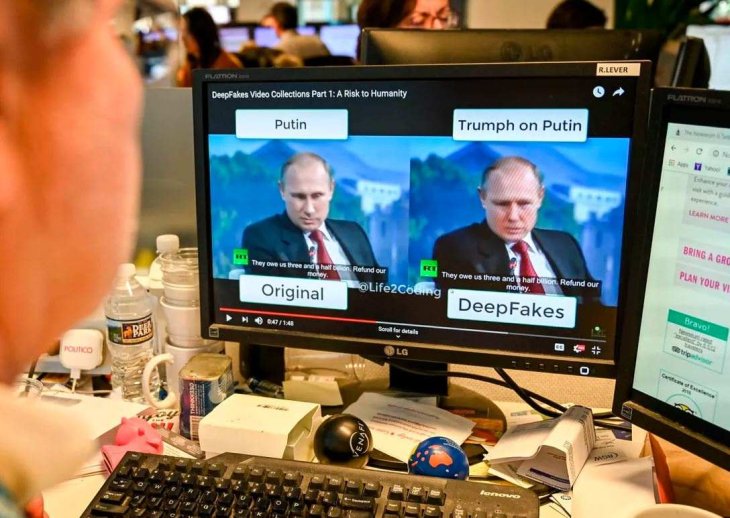
Their tool had a 99 percent success rate regarding spotting altered faces while human eyes could only spot 53 percent of the time, as revealed by Adobe. In addition, the tool could revert the edited images to their original state.
However, the pair are still in the early stage of developing this tool.
Richard Zhang, a researcher at Adobe said:

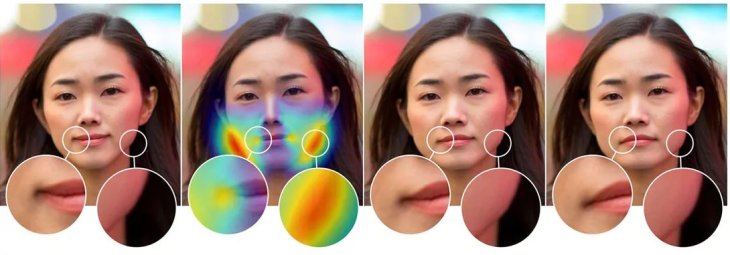
Nowadays, manipulated videos and images are all over the Internet. On Friday, for example, Jon Snow posted a video apologizing for GOT season 8, or Thursday reports saying that a spy opened a fake LinkedIn account, profiled with an AI-generated image to connect with Washington-based political figures.
Video forgeries, also known as deepfakes that make people look like they do or say things that they don’t, are created with software like Photoshop using bogus images to generate moving pictures. With the development of deepfake software, manipulated videos are getting more accessible but harder to detect. The technique makes users able to create deepfakes with just one image, like the Mona Lisa.
Congress wants to have an investigation into deepfakes after manipulated videos of US House Speaker Nancy Pelosi surfaced and due to concerns over the escalation of deepfakes which may lead to fake news in the US presidential race next year.
Besides Adobe’s tool to spot doctored photos, researchers are also developing a tool to spot deepfakes of leaders through creating fake images of their unique manners when speaking.
Featured Stories

Features - Jul 01, 2025
What Are The Fastest Passenger Vehicles Ever Created?
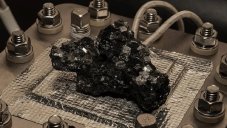
Features - Jun 25, 2025
Japan Hydrogen Breakthrough: Scientists Crack the Clean Energy Code with...

ICT News - Jun 25, 2025
AI Intimidation Tactics: CEOs Turn Flawed Technology Into Employee Fear Machine

Review - Jun 25, 2025
Windows 11 Problems: Is Microsoft's "Best" OS Actually Getting Worse?

Features - Jun 22, 2025
Telegram Founder Pavel Durov Plans to Split $14 Billion Fortune Among 106 Children
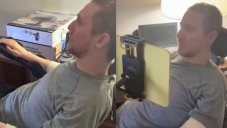
ICT News - Jun 22, 2025
Neuralink Telepathy Chip Enables Quadriplegic Rob Greiner to Control Games with...

Features - Jun 21, 2025
This Over $100 Bottle Has Nothing But Fresh Air Inside

Features - Jun 18, 2025
Best Mobile VPN Apps for Gaming 2025: Complete Guide

Features - Jun 18, 2025
A Math Formula Tells Us How Long Everything Will Live
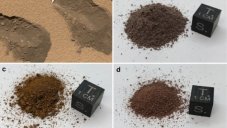
Features - Jun 16, 2025
Comments
Sort by Newest | Popular